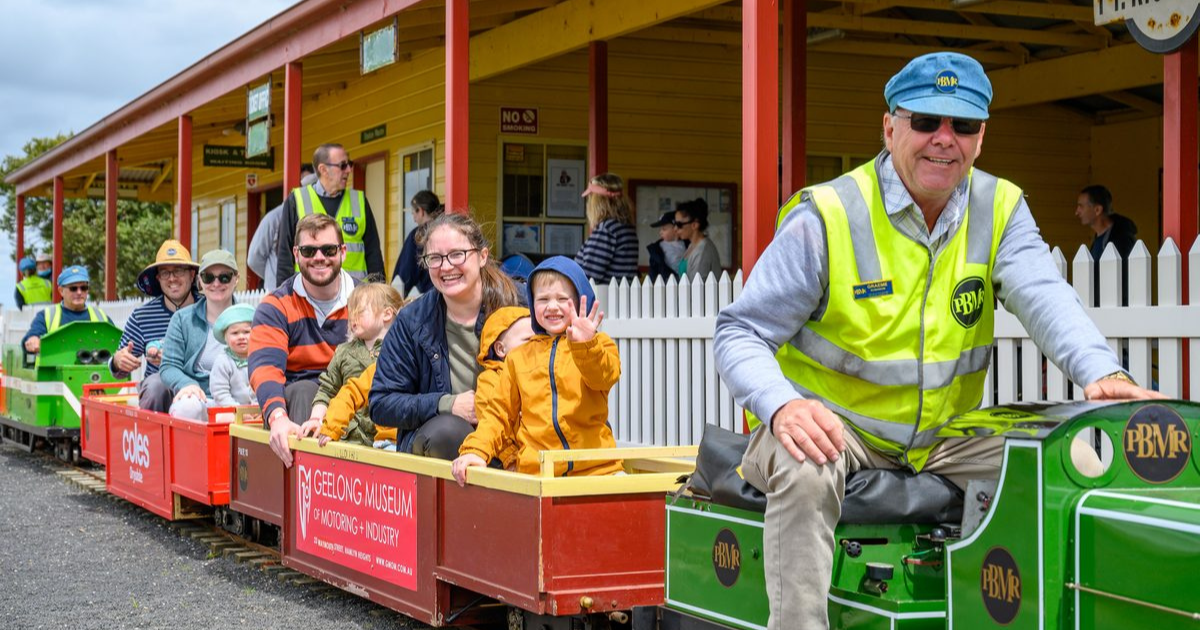Dissatisfaction grows in Queenscliffe

The Borough of Queenscliffe has recorded a significant decline in the community's perception of its performance across several service delivery areas, with ratings in some instances plummeting 10 points or more. Photo: FACEBOOK/BOROUGH OF QUEENSCLIFFE
COMMUNITY perception of the Borough of Queenscliffe’s performance has experienced a significant decline over the past 12 months, dropping to its lowest rating since 2019.
The data, captured in this year’s Local Government Customer Satisfaction Survey (CSS), places the borough’s overall performance index score at 58, out of a possible score of 100, down from last year’s rating of 66.
Despite the downturn, the borough continues to outperform other councils on performance, scoring higher than the average rating of 53 for other small rural councils and 54 for councils statewide.
Held annually, the CSS is co-ordinated by the Department of Government Services and provides insights into community views on 23 different metrics including customer service, waste management, community consultation and engagement, and council direction.
For the borough, declines have been recorded across all metrics except elderly support services and the enforcement of local laws, which both remained steady at a rating of 72 and 60 respectively, and art centres and libraries, which received the borough’s only uptick, rising by one point to 79.
This is the second year art centres and libraries has been the council’s highest rated service area, and its rating now sits at its highest level in a decade.
Meanwhile, perceptions of the council’s overall direction, community consultation, decision-making, effectiveness at keeping the community informed and lobbying each recorded the most significant declines, plummeting 10 points or more.
Borough mayor Ross Ebbels said the CSS results showed there was plenty of work to be done.
“By no means are we happy with the result.
“We’re all disappointed and we’d much rather have a line that’s going upwards not downwards, so we certainly won’t just slide this one into the file.
“It’s good food for thought for the new council to have a look at where the dips were and how they can turn those around.”
Cr Isabelle Tolhurst said the results were disappointing but provided the borough with an opportunity to examine its work and assess what it can do differently.
“The election of a new council provides an opportunity to respond to one of the lower performing indicators, that’s a perceived lack of council direction, as one of the first jobs a new council does is devise a council plan in consultation with community,” she said.
“I certainly encourage any member of community with questions or who wish to interrogate the data further to get in touch and again look forward to seeing this as an opportunity for improving how we do our work and how we engage with our community.”
A report, compiled by council officers, suggests several factors may have contributed the community’s declining perceptions of the borough, including “broader negative sentiment in the community towards government”, “access to forums which promote polarity” and “the cost-of-living crisis”.
It noted that across the state, local councils were experiencing “higher levels of scrutiny and even unrest” because they represent “the most accessible form of government”.

















